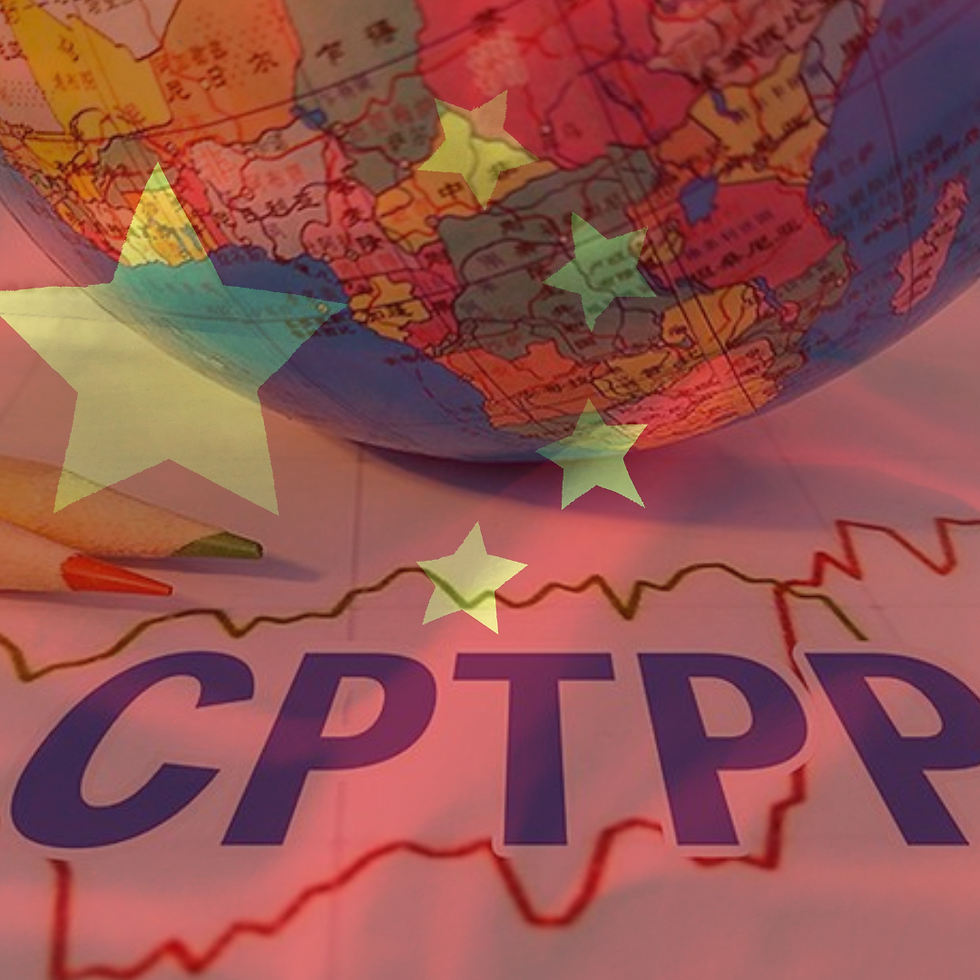China’s CPTPP Ambitions Face Major Economic and Political Hurdles
- GMCCTradeteam

- Jul 14
- 1 min read
Updated: Jul 15

China’s application to join the Comprehensive and Progressive Agreement for Trans-Pacific Partnership (CPTPP) marks a strategic move to deepen its trade ties across the Asia-Pacific, but the path to membership remains uncertain. While Beijing has signalled readiness to engage, major structural and regulatory barriers stand in the way.
A central challenge lies in the role of state-owned enterprises (SOEs), which continue to receive preferential treatment and dominate key sectors of China’s economy. The CPTPP’s rules require a level playing field and reduced government intervention, conditions that would demand significant reform from Beijing.
China’s financial sector also presents issues. The agreement promotes liberalised financial services and capital mobility, but China maintains tight controls over foreign access and currency convertibility. Its restrictive approach to cross-border data transfers and digital governance further complicates alignment with CPTPP standards on data flows and online trade.
Scepticism among current CPTPP members particularly Japan, Australia, and Canada remains high. Concerns persist about whether China would implement genuine reforms or comply fully with the agreement’s high standards. Given that accession requires unanimous approval, these doubts could prove decisive.
China’s interest in the CPTPP is seen as part of a broader strategy to reinforce its influence in regional trade and respond to shifting global alliances. However, unless Beijing shows clear commitment to structural reform and greater transparency, its bid may remain more symbolic than substantive.
If you want to learn more about Free Trade Agreements, Rules of Origin or CPTPP then check out the below:
Source: The Financial Anaylsyt




Comments